Nvidia has released a lot of hardware over the past decade, but seldom little of it has been met with enthusiasm — at least among consumer releases. Maybe that's a consequence of being a market leader, or just the scapegoat for a GPU market that can never seem to gain a solid footing. But new Nvidia hardware launches are usually met with more criticism than excitement. The long-rumored but still unconfirmed N1X could change that.
The rumor mill has been abuzz for years now about an Nvidia SoC developed for consumer applications with an ARM CPU and Nvidia GPU, but it finally feels like the time for the N1X to shine. A tight partnership with MediaTek, the launch of the Nintendo Switch 2, and Nvidia's AI-at-home PC DGX Spark all point to a consumer SoC for broad gaming applications. And if it ends up being real, it'll be the most exciting consumer hardware Nvidia has released in the better part of a decade.
Parsing what the N1X and N1 could be
Rumors have reached a fever pitch over the past few months
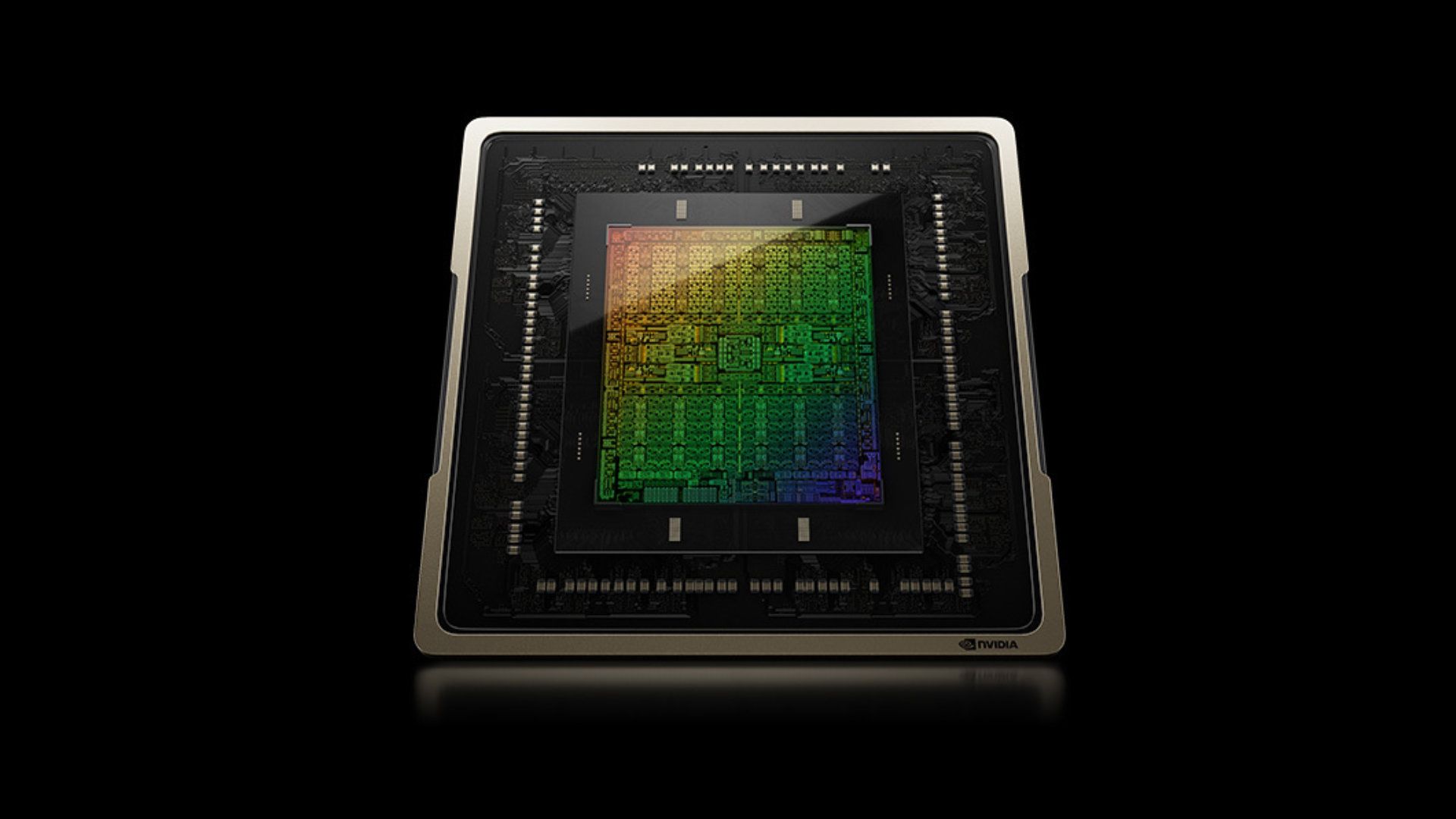
Nvidia hasn't confirmed the N1 series of chips, but we've already learned a ton about them from leaks and rumors over the past several months. Nvidia will reportedly have two chips in the family: the flagship N1X and a weaker N1 model. The chips will apparently be produced by MediaTek using off-the-shelf ARM designs for the CPU — potentially 10x Cortex-X925 + 10x Cortex-A725 for the N1X — and a recent architecture from Nvidia for the GPU. It's likely that the chip will pack Blackwell, Nvidia's latest architecture that's available in desktop GPUs like the RTX 5070, but it's possible Nvidia could use older architectures, particularly if it has chips in the family beyond the N1 and N1X. Finally, rumor has it that the N1X will target desktops, while the N1 will be reserved for laptops.
That's a quick rundown of what the rumor mill claims, but point-for-point, the N1X makes sense. For MediaTek, it already produces an ARM-based, 20-core SoC with an Nvidia GPU — it's in the DGX Spark, alongside a Blackwell GPU packing 6,144 CUDA cores. Although Nvidia hasn't focused on consumer SoCs in years, the Nintendo Switch 2 changes that story, showcasing what even an older architecture can do in gaming with tools like DLSS. But more important than anything, Nvidia is the only one missing from big, consumer-facing SoCs that power laptops and even some desktops.
AMD has its Strix Halo chips; Intel has Lunar Lake. Qualcomm stepped out with Snapdragon X Elite and brought Windows on ARM into the mainstream, and Apple has shown how scalable SoCs can be, with highly efficient chips in the MacBook Air to workstation-level chips in the Mac Studio that are capable of feats that other PCs simply can't match. And according to some leaked GeekBench results, Nvidia's offerings could nestle in nicely among a market of Big Chips that is only expanding.
It's about the software, not the hardware
We've seen a lot of big SoCs over the past few years, but an Nvidia design would make a massive difference
Just because companies like AMD, Intel, Qualcomm, and Apple have powerful, consumer-facing SoCs doesn't mean that Nvidia needs to make one. Given the momentum Nvidia is riding off of AI, it doesn't even need to make desktop graphics cards. But Nvidia has a lot to offer through software for this kind of hardware, and you don't need to look further than the Nintendo Switch 2 to see that.
Despite sporting a GPU architecture that launched half a decade ago, and being a handheld, games on the Nintendo Switch 2 look fantastic. Even with just a handful of titles available, it's obvious what a tiny Nvidia SoC based on an old architecture is capable of. Scale that up to accommodate a larger laptop or a full-sized desktop, and throw a newer architecture into the mix, and Nvidia immediately becomes a massive force to be reckoned with in this growing market.
That's largely because of DLSS. What started as little more than a way to bolster real-time ray tracing on Nvidia's first RTX GPUs has grown into a behemoth. In a lot of ways, DLSS sells Nvidia graphics cards far more than the hardware itself, especially among new 8GB GPUs like the RTX 5060. AMD's FSR 4 is impressive, and Intel's XeSS is a surprisingly capable alternative for low-power devices, but Nvidia has built a moat with DLSS. Not only has it maintained a lead in feature support over the last several years, it's continued to ruthlessly court game developers to include DLSS support.
In the context of an SoC like the N1X and N1 reportedly are, DLSS becomes somewhat of a slider for efficiency. Assuming Nvidia is targeting gaming — we already have the DGX Spark for AI workloads — DLSS allows the design to scale up or down to accommodate a ton of different form factors. DLSS already enables gaming experiences that otherwise wouldn't be possible on low-end, low-power laptop GPUs, and an SoC would be able to take that even further with a unified memory architecture, allowing DLSS features like Multi-Frame Generation (MFG) to truly shine.
Finally, something different from Nvidia
It's been a lot of the same since Turing
Since the introduction of Turing and RTX, there hasn't been a lot new on the hardware front from Nvidia. There's been a ton of innovation with DLSS, and Nvidia has continued to push the envelope — and price tag — of flagship GPUs. But among the GPUs that PC gamers actually buy, there hasn't been much to get excited about. A new architecture brings some performance improvements, scalpers buy up the stock, and PC gamers patiently wait to get their hands on a GPU, moreso to power new DLSS features than to see a raw performance uplift.
The N1X would represent a tide shift; something truly new from Nvidia. Really, since the launch of the original Nintendo Switch and hardware like the Nvidia Shield, we haven't seen many consumer efforts from Team Green. It's just new GPUs every two years. Nvidia has focused the vast majority of its hardware efforts on AI, so much so that Nvidia CEO Jensen Huang boldly proclaimed that Nvidia is now an AI infrastructure company just last month.
It's been clear that Nvidia could push beyond discrete GPUs for years, but we're finally hitting an inflection point. Rumors of the N1X are heating up, and speculators say it could launch as soon as this year. If it does, that would be a hardware launch from Nvidia to truly get excited about — something it feels like enthusiasts haven't had in the better part of a decade.
.png)
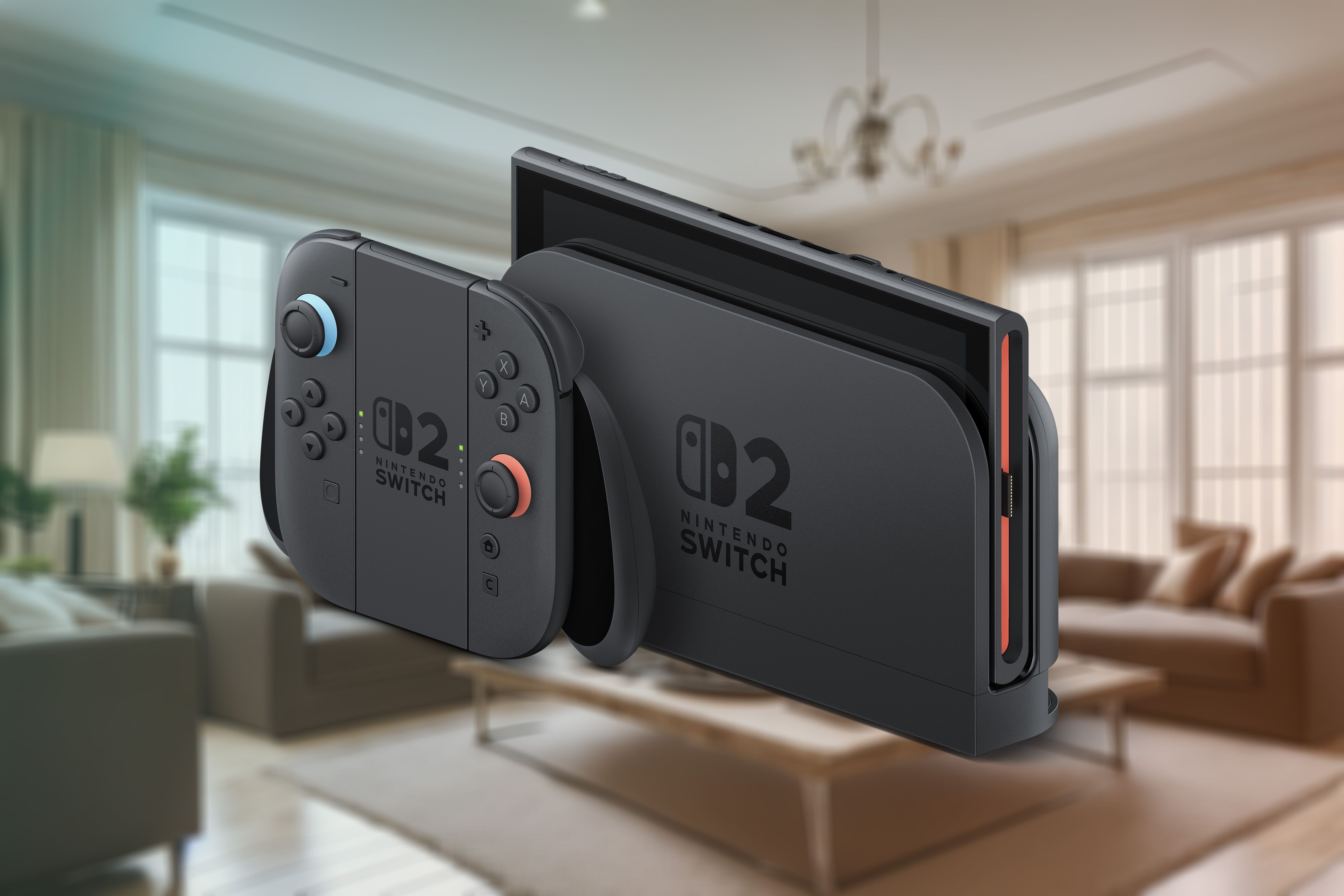
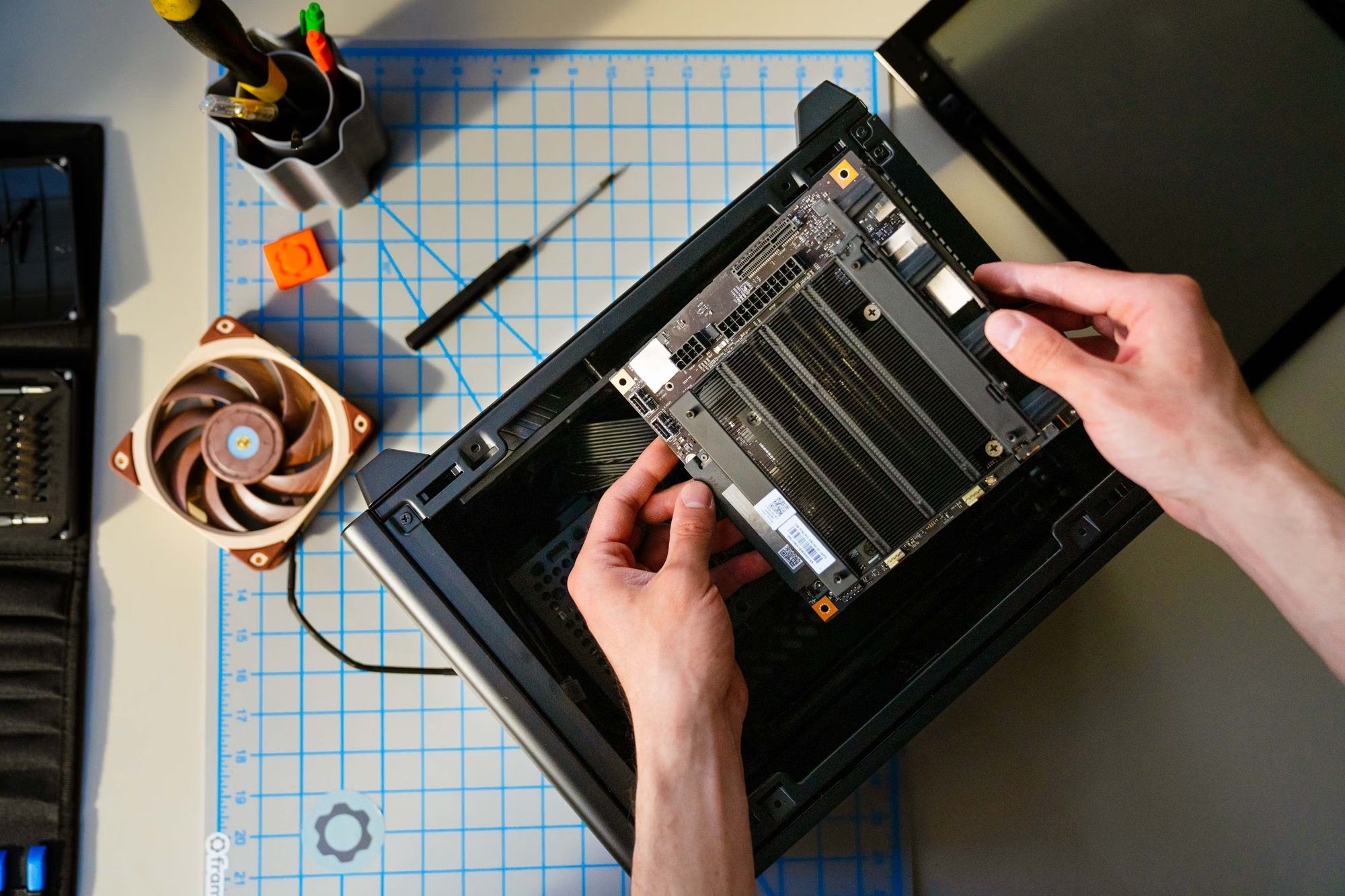
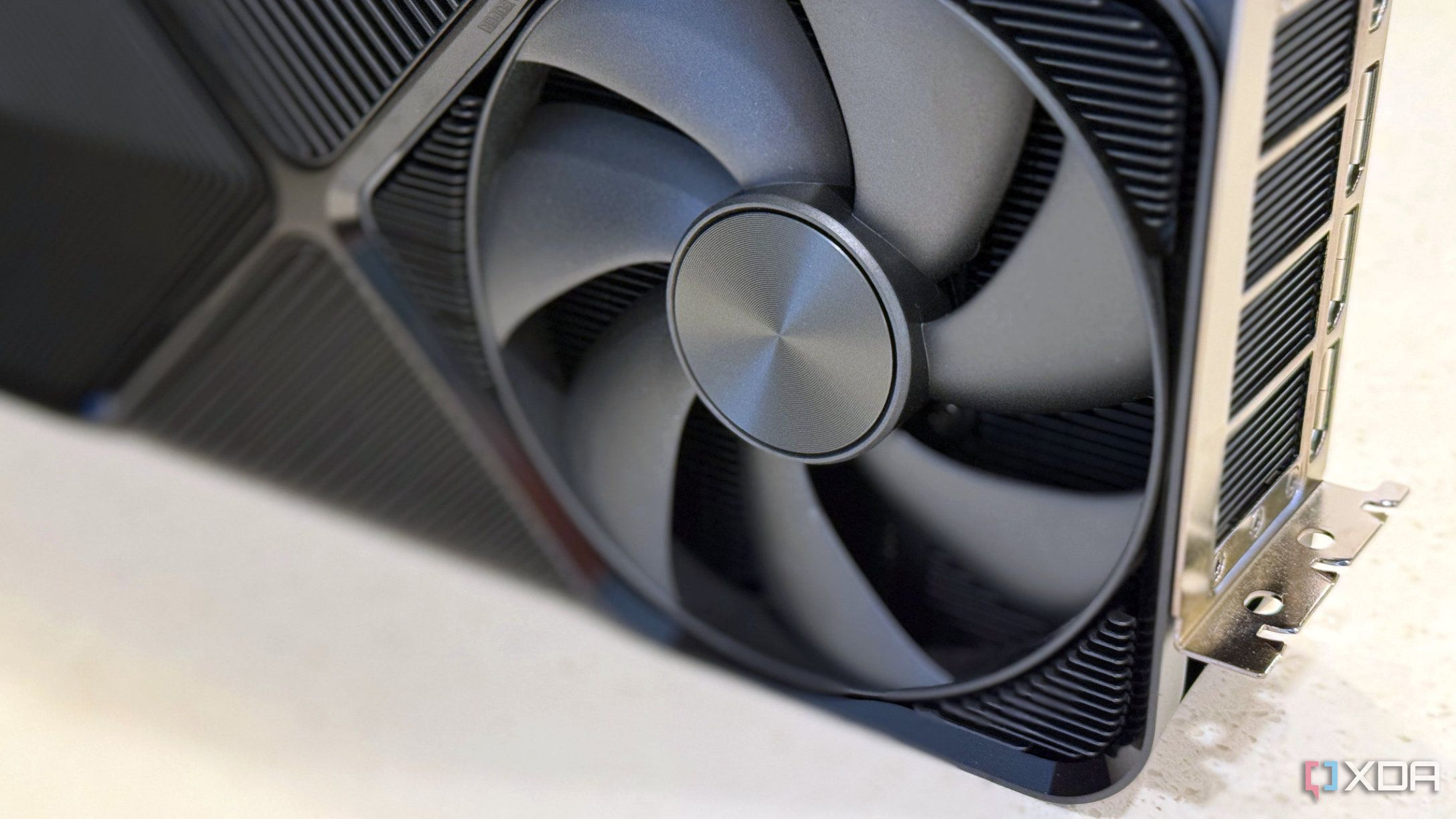
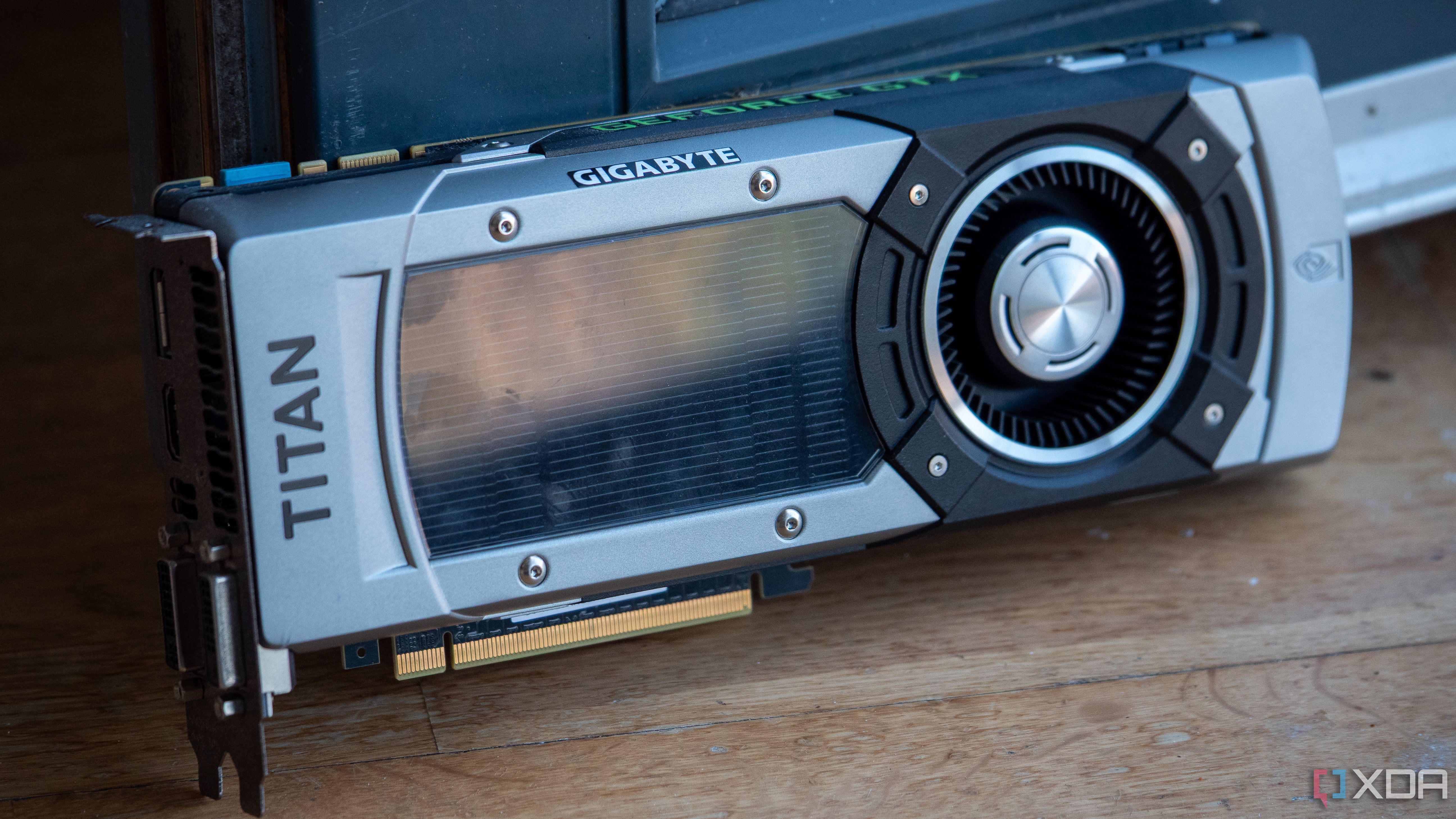










 English (US) ·
English (US) ·